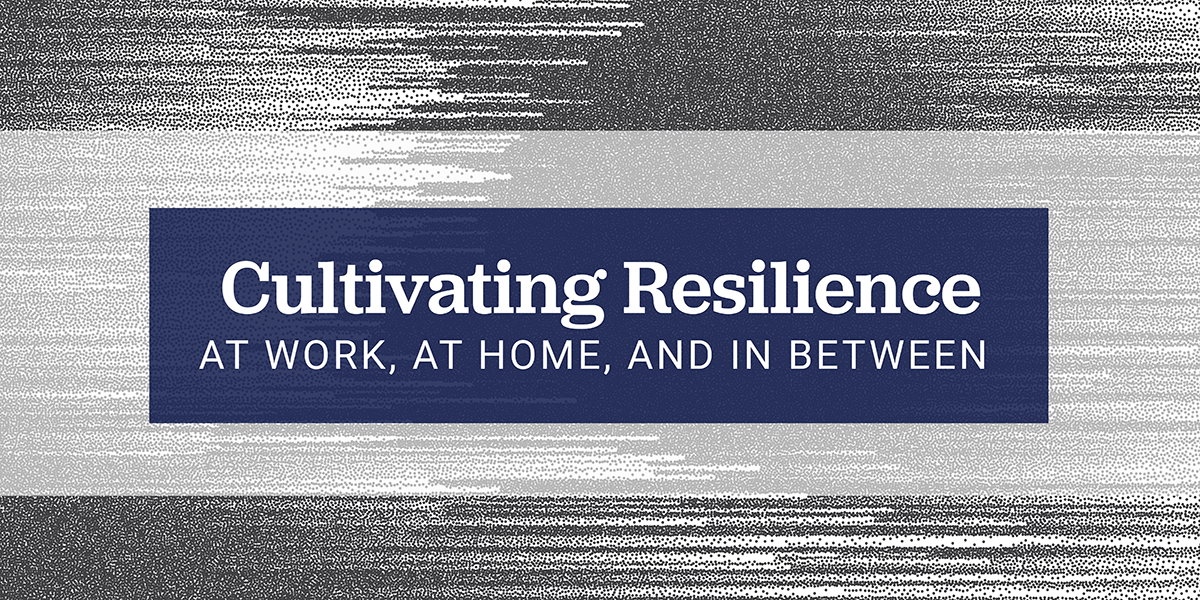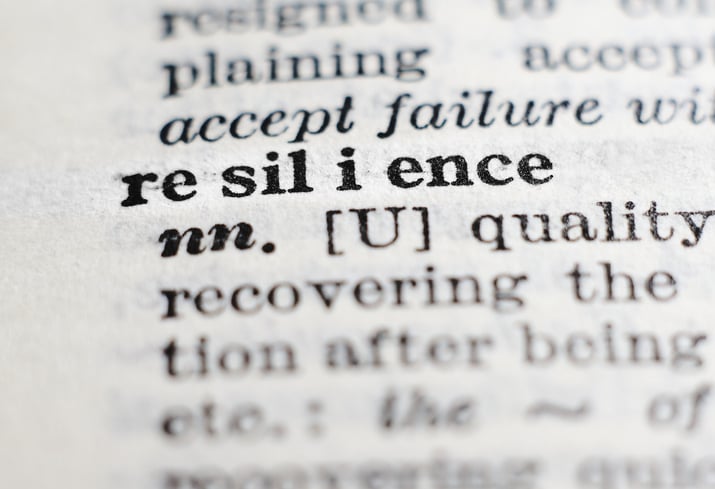
The challenges of the last year-plus have impacted all of us. From the murder of George Floyd and now the trial of Derek Chauvin to racial inequality, a contentious election, the storming of the Capitol, and of course, COVID-19, we have been put through the wringer.
As we’re a year and some change into living through a global pandemic, most of us have reached a breaking point at some point. For me, I finally hit my wall a couple of Mondays ago while cooking dinner after a long day of work and Zoom.
We’ve all heard the running metaphor, “hitting the wall.” Chances are we’ve experienced that feeling of suddenly running out of energy before hitting the finish line. All at once, we reach the snapping point where we can’t take anything more. It often happens fast, without warning.
Collectively, we’ve “hit the pandemic wall.” Coined by New York Public Radio and The Takeaway host, Tanzina Vega, “hitting the pandemic” wall captures the sudden, emotional toll and feelings of exhaustion that many of us are experiencing during this time.
It’s been hard, to say the least.
A recent poll, Stress in AmericaTM: January 2021 Stress Snapshot, conducted by The Harris Poll on behalf of the American Psychological Association, found that the average reported stress level was higher in January 2021 than it was last March, April, and May. This surprised me but at the same time, it didn’t.
This heightened stress we’re experiencing isn’t going to just go away. Similarly, COVID-19 isn’t going to suddenly disappear.
So, how can we cope with the “hitting pandemic wall” and the increased stress we’re feeling? Cultivating resilience may likely be the answer.
Over the past year, many of us have looked to meditation, fitness routines, and a commitment to all practices designed to support resilience and well-being. Last March, David and I invited ArcStone staff, family, and friends to join us weekly for “Calm in the Chaos.” Every Wednesday at 4:37 pm, we’d connect over a short guided meditation and share good news. This lasted for a couple of months until we were drawn outside. Looking back, I think it was a way for us to connect with others when we needed it most.
Professor of psychology and neuroscience at Brigham Young University, Julianne Holt-Lunstad hypothesizes that our social relationships are critical for survival. Social connections positively affect our wellbeing and health. These connections grow our capacity to manage stress and make us more resilient by enabling us to “share the load” through conversation and shared experiences
Needless to say, our social connections have been taxed over the past year. Many of us are feeling isolated and lonely and with fewer opportunities to be social, we may be leaning into our work relationships to fill a void. I still remember our first Huddle on Zoom, it was comforting to see everyone’s faces.
Cultivating resilience helps you work through difficult situations. It also helps us grow even when we’re not faced with adversity.

For this reason, it’s important that we nurture resilience at work, at home, and in between. The lines are pretty blurred these days.
Have you ever wondered how two people can be in the same situation but the way they handle it is vastly different? We can’t control the situations life throws at us, but we do have a choice in how we react to them. Some people are able to bounce back from situations easier than others. This is resilience in action. The good news is we can all cultivate resilience.
10 Tips for Cultivating Resilience
1. Build connections
We need connections. Our connections strengthen our resilience because they build trust and offer encouragement. Connections don’t have to be deep, intimate connections. They can be short interactions with co-workers or even the cashier at the grocery store. Service to others helps build connections too and is beneficial to both the giver and the recipient.
2. Take Care of Yourself
Practicing good self-care ensures that we won’t be running on empty. Stopping and pausing can bring calm and clarity - even a few mindful breaths will reduce blood pressure and stress hormone levels.
3. Move Your Body!
It’s easy to let yourself go as days mesh together and you’ve been living in “soft” pants for a whole year. A recent study indicates that exercise makes it easier to bounce back from too much stress.
4. Prioritize sleep
If falling asleep or staying asleep is a problem for you, consider changing your bedroom environment.
5. You are what you eat
Eat a healthy diet. Not sure of where to start? Check out 15 Foods For Resilience.
6. Do Something
Pursue a habit that’s different from your daily work. If you stare at a screen at work, consider a hobby that doesn’t involve a computer.
7. Just Be
Establish a spiritual practice. Whether this means getting out in nature, prayer, meditation, or something else, looking beyond ourselves helps us maintain perspective and remember how awesome and amazing it is to be alive.
8. Be Kind
Stop negative self-talk and remember that putting ourselves last is counterproductive. It doesn’t work. How do you treat a friend when they are stressed out? Treat yourself like you would a dear friend.
9. Get Comfortable With Change
Remember that change is constant and being flexible helps us adapt to new situations and look at things with a fresh perspective.
10 Make lists!
See what I’m doing here? Getting your thoughts out of your head and onto paper creates mental space. Remember what the work-life balance guru David Allen says, “Your mind is for having ideas, not holding them.”
My challenge to you is to take one of the ideas above and put it to work and cultivate a bit of resilience. You can thank me over Zoom coffee later.
Additional Resources
The Blissful Mind Blog
mindful
The Science of Well Being
Shambhala Publications
zen habits
The Sleep Doctor